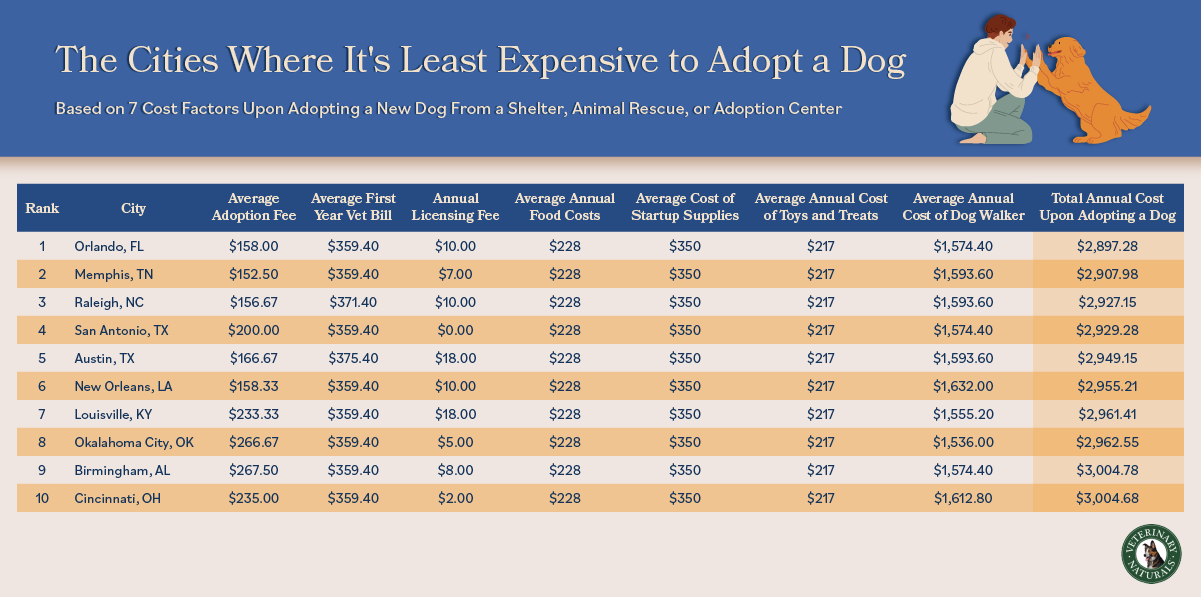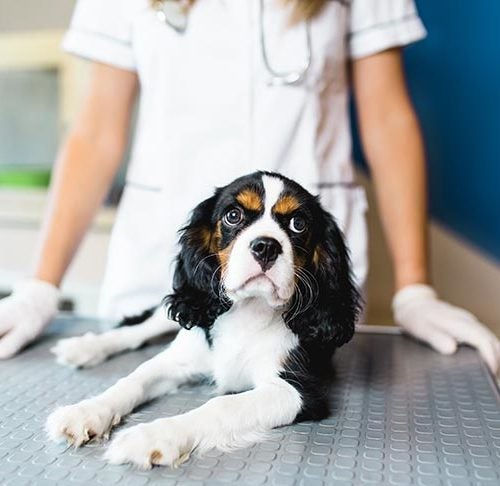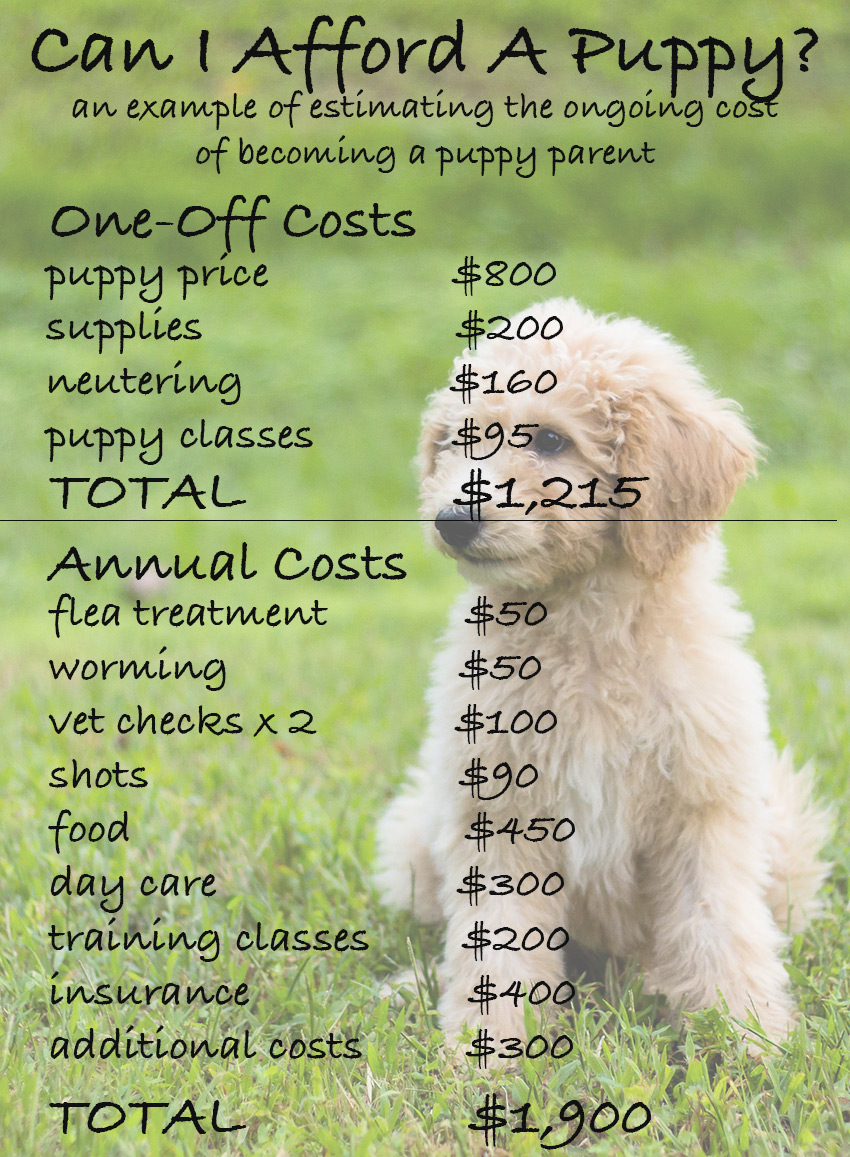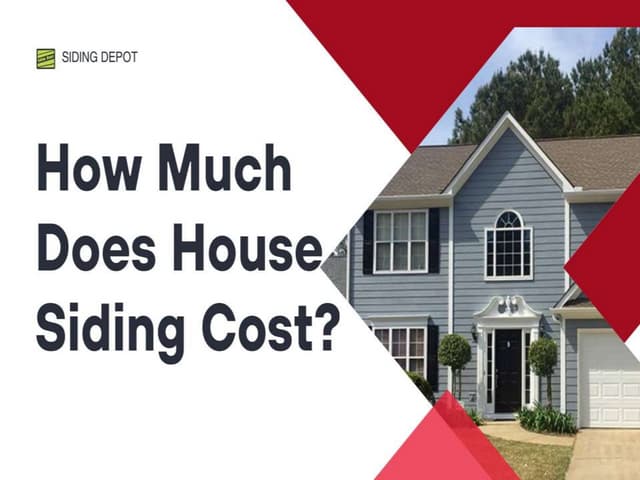How Much Does House Paws Cost

The warm nuzzle of a wet nose, the rhythmic purr on your lap – the joys of pet ownership are often immeasurable. However, alongside the unconditional love comes a tangible responsibility: the cost of veterinary care. Understanding the financial commitment required for comprehensive pet healthcare, particularly through services like House Paws, is crucial for responsible ownership.
This article delves into the intricate world of House Paws and similar mobile veterinary services, dissecting the various factors that influence their pricing. We will explore the typical costs associated with different types of at-home veterinary care, compare these services with traditional clinic visits, and offer insights into how pet owners can proactively plan and manage their pet healthcare budget.
Understanding House Paws and Mobile Veterinary Care
House Paws, and similar mobile veterinary practices, represent a growing trend in pet healthcare. They offer the convenience of bringing veterinary services directly to your doorstep.
This eliminates the stress of transportation for both pet and owner, particularly beneficial for animals with anxiety, mobility issues, or those living in multi-pet households. These services commonly include routine check-ups, vaccinations, diagnostics, and even end-of-life care, all performed in the familiar comfort of your home.
Factors Influencing the Cost
Several elements contribute to the overall cost of House Paws veterinary care. The core expense stems from the veterinarian's time and travel.
The distance traveled significantly impacts the pricing, as fuel costs and time spent on the road are factored in. More remote locations or services requiring extensive travel will likely incur higher fees.
Type of Service
The specific type of service needed is a primary driver of cost. A routine wellness exam will naturally be less expensive than a more complex procedure like diagnostic imaging or specialized treatment.
Vaccinations and preventative care appointments typically fall into a lower price bracket, while sick visits, emergency care, and surgical procedures command higher prices due to the increased time, expertise, and resources required. The cost of medications administered or prescribed also adds to the overall expense.
Veterinarian's Experience and Specialization
As with any profession, a veterinarian's experience and area of specialization can affect their fees. Veterinarians with advanced training or certifications in specific areas, such as cardiology or dermatology, may charge more for their services.
Veterinary practices may also levy emergency fees, which increase the price, even from House Paws and other mobile clinics.
Comparing Costs: House Paws vs. Traditional Clinics
Determining whether House Paws is more or less expensive than a traditional veterinary clinic depends on individual circumstances. While the convenience of at-home care often comes with a premium, there are instances where it can be cost-effective.
The initial consultation fee for House Paws might be higher than a standard office visit at a clinic, primarily to cover travel expenses. However, consider factors such as the cost of transportation to and from the clinic, time off work, and potential stress-related expenses like calming aids for your pet.
Furthermore, some traditional clinics may tack on extra charges. These include things like facility fees, or specialized equipment and handling fees. Therefore, it's vital to ask for a detailed estimate from both House Paws and local clinics to accurately compare costs for the specific services you require.
Typical Cost Ranges
Providing precise cost figures for House Paws is difficult due to regional variations and the factors mentioned above. However, general estimates can offer a helpful benchmark.
Routine wellness exams can range from $75 to $200, depending on the services included (e.g., vaccinations, parasite screening). Sick visits may range from $150 to $400 or more, depending on the complexity of the diagnosis and treatment.
End-of-life care, including in-home euthanasia, can range from $300 to $800 or higher, depending on the size of the pet and any additional services, such as cremation. These price ranges are approximate and can vary significantly.
Managing Your Pet Healthcare Budget
Proactive planning is key to managing your pet healthcare budget. Start by establishing a relationship with a trusted veterinarian, whether through House Paws or a traditional clinic, and schedule regular check-ups to identify potential health issues early.
Consider investing in pet insurance to help offset unexpected medical expenses. There are various pet insurance plans available, with different coverage levels and premiums, so research your options carefully.
Creating a dedicated savings account for pet healthcare can provide a financial cushion for unforeseen costs. Exploring payment plans or financing options offered by some veterinary practices can also help manage larger expenses.
The Future of Mobile Veterinary Care
Mobile veterinary care is expected to continue its growth trajectory, driven by increasing demand for convenient, personalized pet healthcare services. Technological advancements, such as telemedicine and portable diagnostic equipment, will further enhance the capabilities and efficiency of House Paws-style practices.
As the pet ownership population continues to rise, the need for accessible and stress-free veterinary care options will only intensify. Understanding the costs associated with these services empowers pet owners to make informed decisions and prioritize the well-being of their beloved companions without breaking the bank.
Ultimately, the cost of House Paws, like all veterinary care, is an investment in your pet's health and happiness. By understanding the factors influencing pricing and proactively planning your budget, you can ensure your furry friend receives the best possible care without compromising your financial stability.
















:max_bytes(150000):strip_icc()/how-much-does-a-puppy-cost-3-2000-018cfe542b1e46d0a2e3696b1b656012.jpg)

